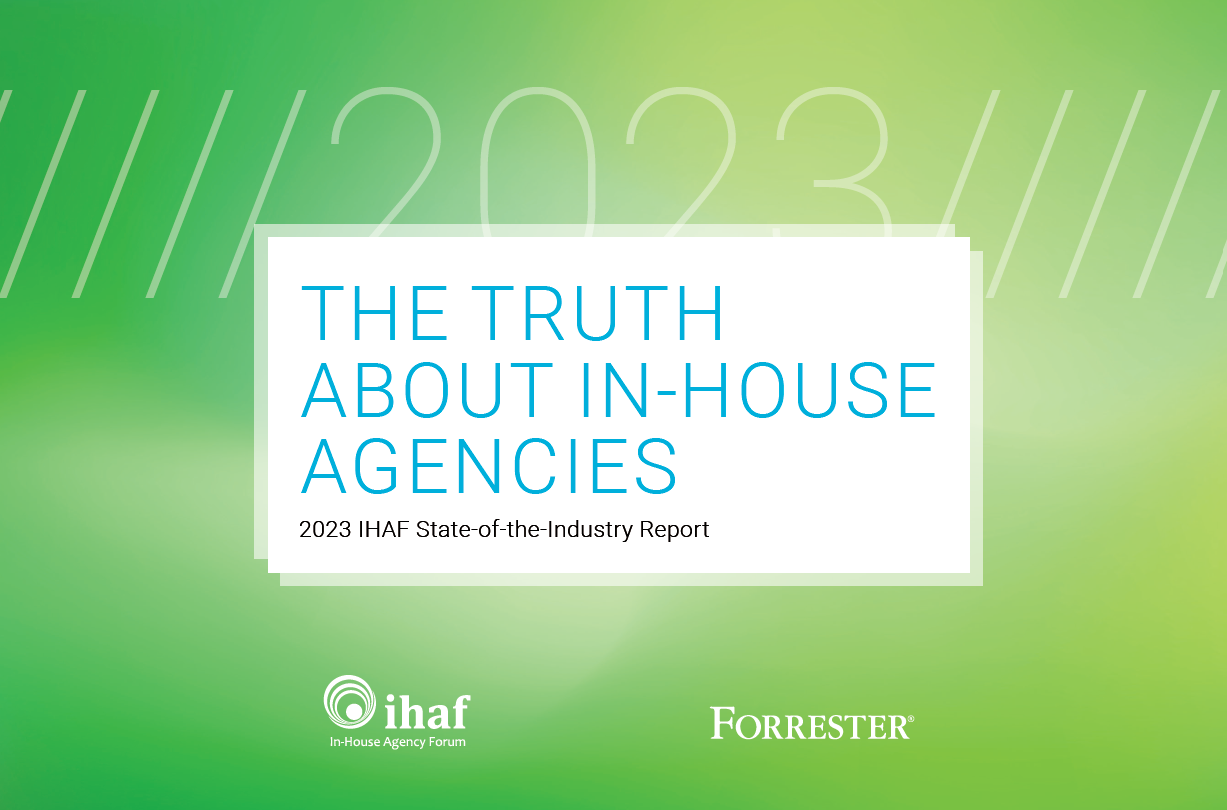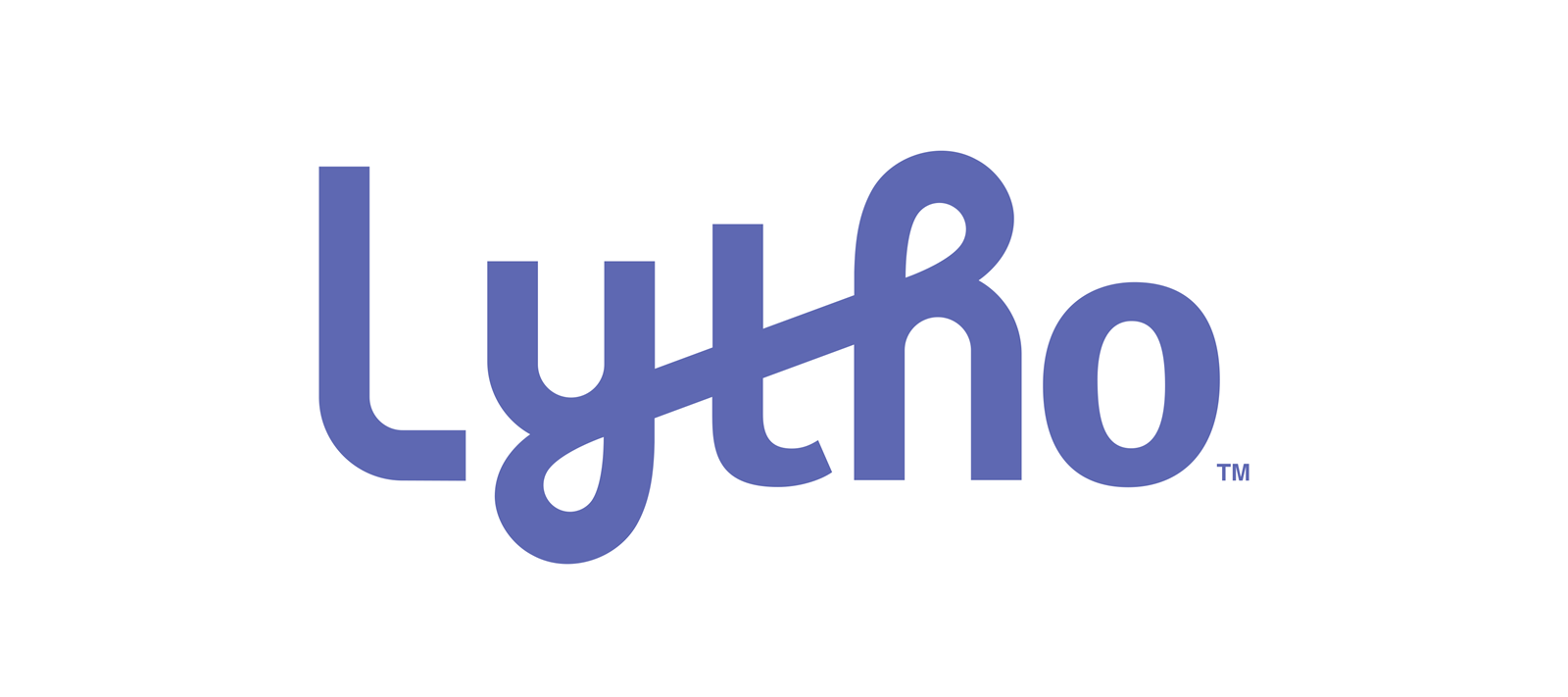A UX Culture of Diversity

I am not an HR expert, so I won’t write about a specific dimension of DEI across race, ethnicity, gender, age, belief systems, and neuro- and physical-diversity. Instead, as a creative leader in the UX space, I’ll share some thoughts on building a culture of diversity both in theory and practice—specifically, why I believe it’s important to build a team from different backgrounds, values, and perspectives, and what it means to me as a leader.
At Vanguard, we make a conscious effort to bring folks together that have fairly diverse professional and academic backgrounds. I'm talking about people who used to design shoes, content strategists, someone who ran a dental practice, a business analyst, a recent MBA, and someone who taught coding before getting into UX. There are also quite a few of us who often need to clarify the pronunciation of our names. Sounds like a bunch of unicorns at a global start-up during the dotcom boom, doesn’t it? Not necessarily. Hear me out.
WHY DOES IT MATTER?
Diversity matters because of the nature of UX. At the risk of preaching to the choir, User Experience Design (in a simplistic way) is a series of activities or the process of understanding multiple, diverse audiences and advocating for them through a relevant, effective, and delightful experience. It’s about empathy and learning about the differing needs and values of others. Meanwhile, globalization fuels the need to understand different cultures. In fact, today’s U.S. demographic is not the same as 20 years ago, projecting a much more complex picture.
A culture of diversity accepts this reality and grounds the team to be more curious about peoples’ assorted needs and POVs to solve UX problems in unique ways. Accessibility is genuinely valued versus treating it as a checkbox for compliance. For example, in the financial industry it means understanding investors across a range of financial experience and savviness. For healthcare, it means using plain English to better connect with those with a limited medical vocabulary.
Diversity drives more creativity. There’s a direct correlation between diversity and innovation backed by numerous research and business cases. Personally, in hackathons or brainstorm sessions, I have observed on more than one occasion that the more interesting ideas do not necessarily come from savvy strategists or rock star designers. Oftentimes, they come from unexpected participants like that super-introverted copywriter or someone with a unique cultural background or life experience.
Don Draper types can still bring big ideas, but UX probes deeper and turns a general idea into multiple, relevant, fresh ideas brought forth by diverse POVs across the team. In truth, I have seen this shift make some people uncomfortable. But that’s how organizations can drive innovation. Let yourself be vulnerable by surrounding yourself with teammates who have different ideas and perspectives. Unlearn and relearn as needed, just like those who emigrate from other countries do. Reach beyond that nice DEI brochure cover and gain traction by delivering innovation through a unicorn-team culture.
SO, WHAT CAN YOU DO?
Be thoughtful about the mix of your UX team and careful about biased hiring. Don’t always hire the person that’s most familiar or comfortable for you, coming from the same industry. Don’t be biased that Type A folks are always more engaged, driven, and better from a cultural fit perspective; I have seen this quite often. Be aware that there are candidates who are systematically undervalued during screening, whether it’s their age, ethnicity or personality. Find a good balance between team members with deep insider knowledge and those who can bring meaningful, outside-in perspectives.
Be open to hiring someone for their potential instead of those who check all the typical boxes on a resume. There will definitely be some risks. However, I have personally had some rewarding wins when I’ve embraced risk. One high performer on my current team used to design footwear until he decided to switch careers to UX and digital products. There are some gaps from a traditional skillset perspective, but there’s also an obvious connection—crafting something that is both functional and beautiful. Plus, his passion and eagerness to learn has brought positive energy to our team dynamic and collaborations.
Explore more upskilling opportunities with each other. Assembling a team of people with varied backgrounds and strengths not only helps with diversity but brings different skillsets together, which can create learning opportunities for others. New skillsets are sometimes uncovered when the team is tackling a complex, ambiguous project in the absence of an established process. Recently, someone I considered a taxonomy nerd on our team took it upon herself to organize peer-learning sessions on the taxonomy process for our new content management system.
Get over the two-inch thick accent hurdle. “Once you overcome the one-inch-tall barrier of subtitles, you will be introduced to so many more amazing films.” That is from director Bong Joon Ho at his Golden Globes acceptance speech a few years ago. If your team is comprised of people from different parts of the world who speak with different accents, practice listening more carefully so you can better understand them. The more we nurture these connections, the more creative, intellectual people can contribute valuable ideas, skills, and outcomes to the team.
Invest in learning and practicing inclusive design. For the product and content your team crafts, it’s about addressing accessibility, gender, geo, language, and economic status. From an internal culture perspective, it means being inclusive when it comes to the design process such as ideation sessions. Cultivate an environment where everyone, not just outspoken types, can voice their ideas. Guard against biased hypotheses or agendas by candidly challenging the team. Someone on my team (from whom I learn a lot) is interested in creating a program to empower black designers. So, we are looking for opportunities to engage local communities and academic institutions to enable that. Meaningful change happens in pockets of small, everyday moments.
Set good examples for yourself as a leader more than anything else. I am thankful for writing down my thoughts on this topic for a blog post. I also believe that the best way to influence my team, especially as a leader, is to walk the talk. I practice highlighting my unique heritage as an immigrant instead of hiding it. I speak up with my different points of view. I do my best to understand different ideas from others. I enjoy seeing other teams follow a similar path by creating more-diverse team mixes.
In a culture of UX unicorns from diverse backgrounds and perspectives, we can all be better students who practice curiosity and empathy—important ingredients for UX. In that space, we can learn from and challenge one another. Together, we can help each other solve complex UX and design problems in different, better ways.
I hope you’ll consider reaching out to me directly, as a fellow IHAF member, to connect and share what you’re doing (or what you’d like to do) to increase diversity on your own team. In the meantime, I’m looking forward to writing another blog—this time on the UX myths and obstacles in-house agency leaders often face. I’ll see you then.
- advertising,
- agency,
- association,
- brand,
- CMO,
- client,
- communications,
- content,
- corporate,
- creative,
- culture,
- design,
- digital,
- diversity,
- DJ Min,
- equity,
- hiring,
- global,
- IHAF,
- inclusion,
- inclusive,
- in-house,
- inhousing,
- insource,
- internal,
- international,
- language,
- leadership,
- marketing,
- management,
- media,
- membership,
- multinational,
- networking,
- professional,
- social,
- talent,
- trends,
- user experience,
- UX,
- Vanguard
Recent Posts

In-House Data: Fact or Fiction?
October 16, 2023
I’m going to be honest with you, which I always am but this time it’s scary honesty. There are a lot of in-house agency research reports out there. And not all of them contain data that are close to the integrity of the studies IHAF publishes—the next of which drops at the IHAF conference on …

IHAF Wrapped
December 20, 2023
One of our favorite things to do at year-end is look back at the events, presentations, and online resources our members tapped most. (Why should Spotify have all the fun?) Here are a few of your favorites in 2023:
• New Assortment of Org Charts Download • Updated Job Profiles …



















%20(1).pdf%20-%20Copy.jpg)

%20(1).png)

